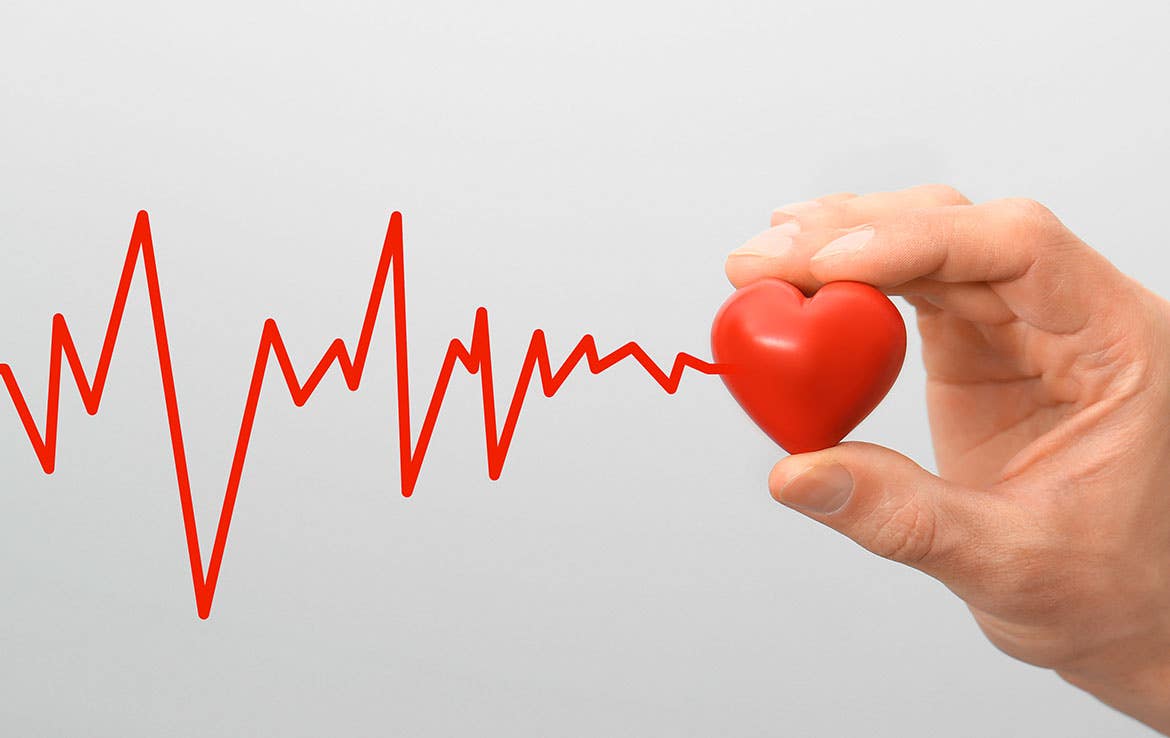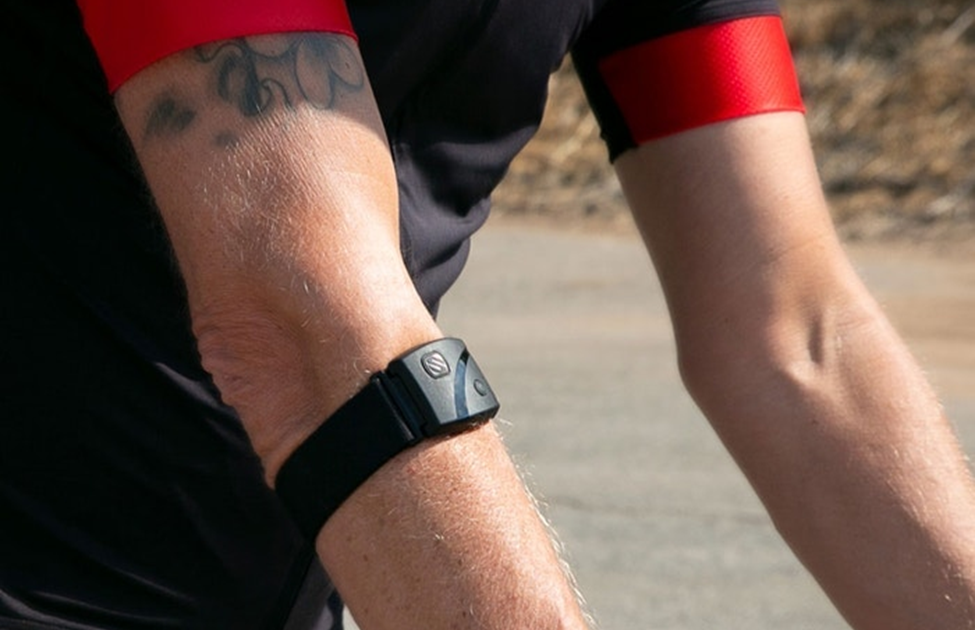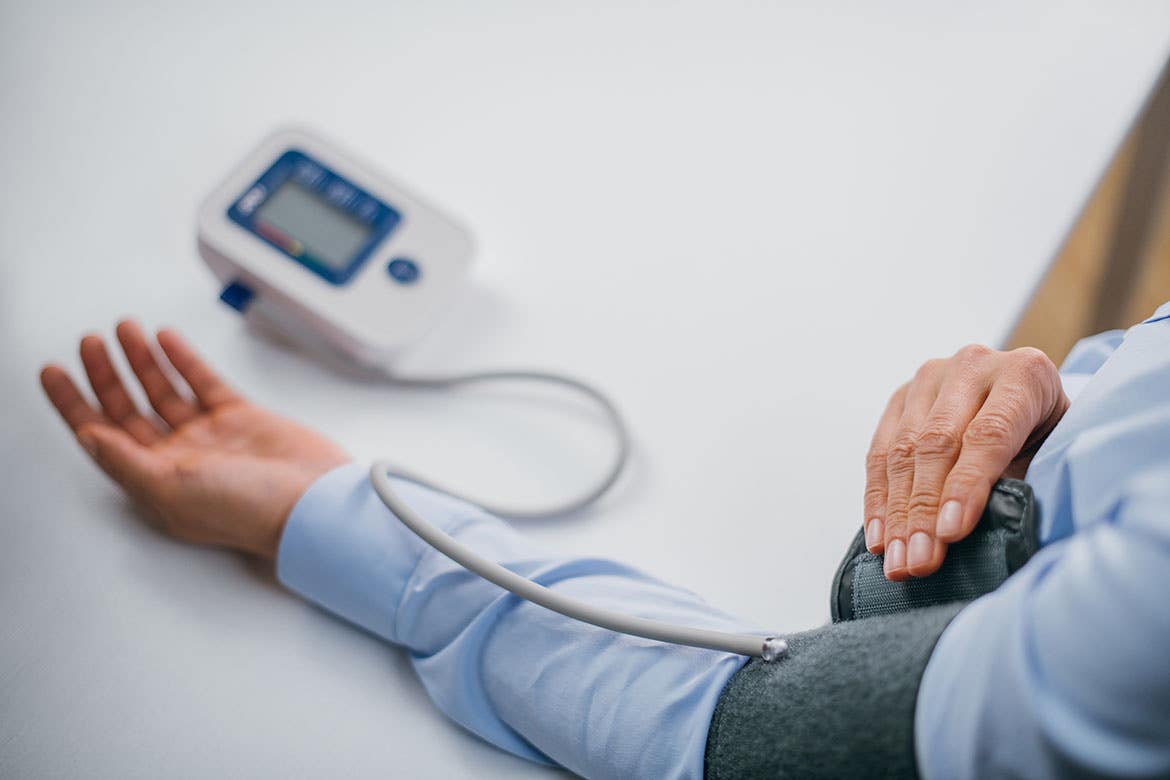How to Check Heart Health at Home

Source: New Africa/Shutterstock.com
Keeping your heart healthy is critical to your well-being and longevity. Of course, most of us are aware of (and may even partake in) various lifestyle risk factors that impact our heart’s condition, such as smoking, not exercising enough, eating high-fat diets and being generally overweight.
However, even if you are the more athletic type, heart issues can arise. Therefore, it is important to understand how to check heart health at home.
Buy a Wearable Heart Rate Monitor to Help Check Your Heart Health
If you want to get a better idea of how your ticker is doing, here are three ways you can check your heart health at home.
How to Check Your Heart Health at Home
There are a variety of ways to test your heart’s health at home, each of which check for different aspects of health.
The easiest and simplest ones you can do at home include:
1. Check Your Heart Rate
Your pulse measures each individual heartbeat. You can ascertain how fast or slow a person’s heart is beating by measuring their beats-per-minute (BPM). This is called your heart rate. The normal resting heart rate for an adult is 60 to 100 BPM, though this will vary by age and slightly by gender.
Changes in a person’s heart rate can be attributable to exercise, a person’s emotional state, medications and a multitude of other factors, including heart conditions.
To check your heart rate, you can purchase an electronic heart rate monitor (which is likely to be the most accurate method) or simply feel the blood pump through your veins at the wrist, side of the neck, top of the foot or at the inside of the elbow, counting the beats-per-minute.
Again, with some variation for age and gender, a healthy heart rate is 60 to 100 BPM.
2. Test Your Heart Recovery Rate
Testing your heart recovery rate will help to tell you how well (or not) your heart returns to its normal resting heart rate after the first minute after exercise.
To do this, you will need to gradually increase your heart rate and get close to your maximum heart rate and measure how quickly it drops after you stop exercising.
For those who are unaware of how to find their maximum heart rate, a simple method is to subtract your age from 220. While there are more sophisticated methods, this can be used as a rudimentary guide.
For this test, you will need to pick up a wearable heart rate monitor as this will be the easiest and most accurate way to measure your heart recovery rate. If you’re an athlete, you could even opt for a waterproof heart rate monitor that’s less susceptible to damage from sweat, pools, and even swimming in open waters.


An average heart recovery rate is approximately 15 to 20 beats per minute after one minute of rest. Rates higher than that are considered to be indicative of good heart health.
3. Check Your Blood Pressure
Finally, checking your blood pressure will help you understand your risk for heart disease. For instance, if your blood pressure is consistently 130/80 or even higher, you have high blood pressure (commonly called “hypertension”).
Years of hypertension can end up narrowing and stiffening artery walls, which, in turn, impedes blood flow to the heart and could result in a heart attack or heart disease.
To measure your blood pressure, you will need to purchase either a blood pressure cuff or electronic blood pressure monitor. Also, it is important that you refrain from eating, drinking or smoking for at least 30 minutes prior to the test.


Shop Scosche’s Premier Heart Rate Monitors and Accessories
To measure, simply go into a quiet room, hook yourself up to the equipment and begin the test after you have been still for roughly five minutes. Take two or three readings approximately two minutes apart, remaining still for the entirety of the process.
A blood pressure reading of 120/80 or less is considered normal and healthy.
Checking Your Heart’s Health at Home
Understanding how to check heart health at home is a fantastic way to monitor your condition and stay out of the doctor’s office. Get the necessary equipment you need for these three tests and take the necessary measures to ensure your heart’s health today.
When picking up your equipment, be sure to check out Scosche’s health armbands and other award-winning health and exercise accessories to get the most accurate readings for your tests.